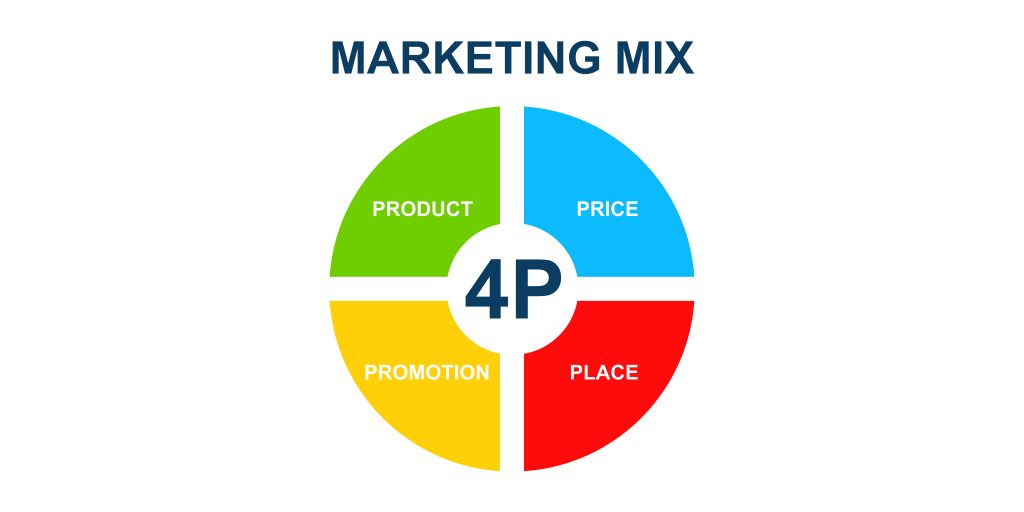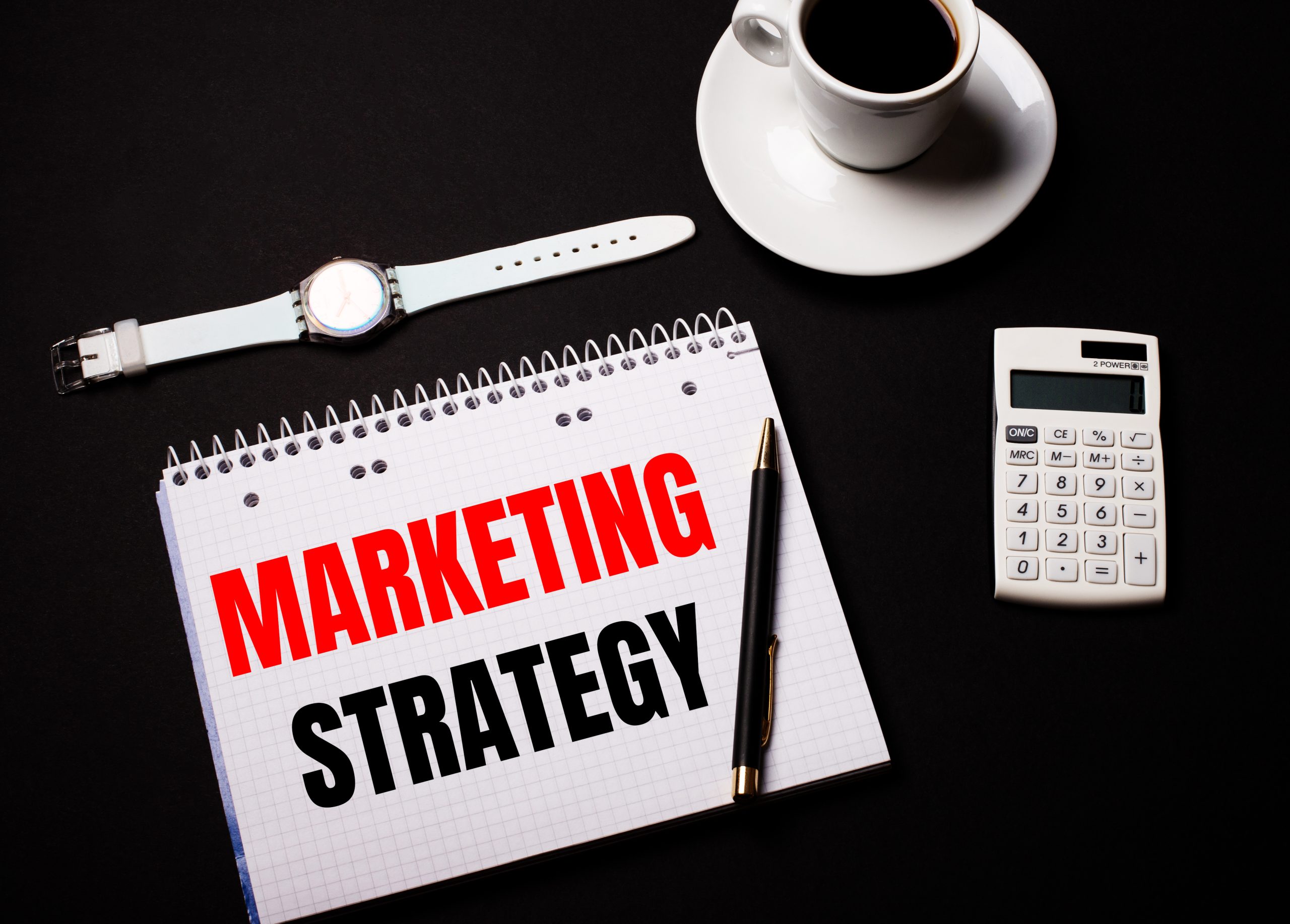Marketing strategies are the very first step for every business. Designing a marketing strategy helps in targeting potential people with reliable content to engage them. Besides, while creating strategies, there are ample opportunities that are developed simultaneously for business growth.
Why is Marketing Strategy Necessary?
In simple terms, it helps in constructing business goals to target potential customers and generate ways to reach them. It is more of a set of action plans for marketing activities that will boost your business in the upcoming years.
A marketing strategy usually includes the following-
- Organizational vision and objectives
- Target personas
- Market positioning
- Plan for multi-channel activity
- Implementation timeline
Therefore, to succeed in this fast-moving marketing world, it is crucial to remain ahead while maintaining relevancy with the audience.
In this article, we will be covering 7 essential components that make up a strong marketing strategy for the upliftment of businesses in the long run.
Marketing Mix

The marketing mix, also known as the 4 Ps of marketing, is one of the components that comprise the below framework-
- Product– What will you sell?
- Price– What will be the price?
- Place– Where will the product be sold?
- Promotion– Where will the product be promoted?
Depending on the target and industry, marketing professionals undertake different approaches to each of the frameworks. Besides, each of the 4Ps can be implemented separately, but in most cases, each of these is associated with the other.
Inbound Marketing

It is useful for targeting potential customers by attending to them during the entire process starting from approaching them to converting them into loyal customers. Besides, it is a marketing methodology that assists businesses to-
- Engage the audience and initiate traffic on websites
- Impel the audience to become customers by catering to their demands, and establishing a long-term relationship
- Automate the marketing process so that conversion can be initiated in less time
The aim here is to invite the target audience to business rather than influencing their daily lives with vigorous advertisement. This is possible through relevant content creation that is bound to attract and engage target audiences.
Content Marketing

Content marketing is all about storytelling to grab the attention of the audience. At the same time, business professionals should keep in mind that publishing random content is not suitable for catering to the audience’s demands. By creating high-quality content like short-term and influential videos, and social media DMs, a strong relationship can be developed with customers. Based on this, businesses can grab their attention and ultimately result in customers undertaking purchase decisions.
Market Segmentation, Targeting, and Positioning (STP)

It is a process to generate relevant and personalized messages to the target audiences. This process comprises the following steps-
- Recognize target customers
- Select a particular segment of target customers based on-
- demographics– age, education, gender, profession, and location
- psychographics– personality traits, values, and beliefs
- behavior– purchase habits, brand loyalty, and channel preferences
- lifestyle– recreational pursuits, hobbies, and entertainment
- Position respective business brands
Thus, marketing leaders utilize this component since it is an efficient, and streamlined communication practice to target potential buyers in the marketplace.
Marketing Plan

Marketing plan is the documentation of the marketing efforts of businesses for an upcoming period. It focuses on the overall marketing strategy including yearly advertising, and promotional activities. A marketing plan comprises the following elements-
- The purpose of business
- Current market positioning of the business
- Detailed market research
- Layout of the target market
- Planning out market activities based on budget
- Competitor analysis
Therefore, it is one of the most essential components in creating strategies to enhance market share, enter niche markets, and expand brand awareness.
Go-to-market (GTM) Strategy

GTM strategy assists marketing professionals in defining potential customers, organizing information, and positioning products for the launch. GTM strategy is needed for the following three situations-
- Presenting a new product in the market
- Introducing an existing product in the market
- Evaluating the market growth of a new product
Thereby, implementing the GTM strategy helps in the alignment of key business units which further assists in meeting the market requirements of a product.
Key Performance Indicators (KPI) and Metrics

KPIs are quantifiable measures of performance to achieve a specific objective. Targets, milestones, and insights are provided that assist in decision-making within organizations. This component is useful in every business area like finance, human resource, marketing, sales, and others to strategically move forward for overall business upliftment.
Conclusion
Eventually, a marketing strategy cannot be designed overnight. It takes hard work, dedication, and time to achieve the goal of engaging with audiences. Moreover, businesses to stick with their respective strategy. Besides, with time, thorough research, and customer feedback, strategies can be refined to initiate an increased focus on marketing channels wherein audiences spend their maximum time.
Discover exciting new marketing strategies tailored specifically for startups. Visit our website today! Uncover all the essential information to propel your business forward.
All images belong to their respective owners. Please email [email protected] if removal is required.




